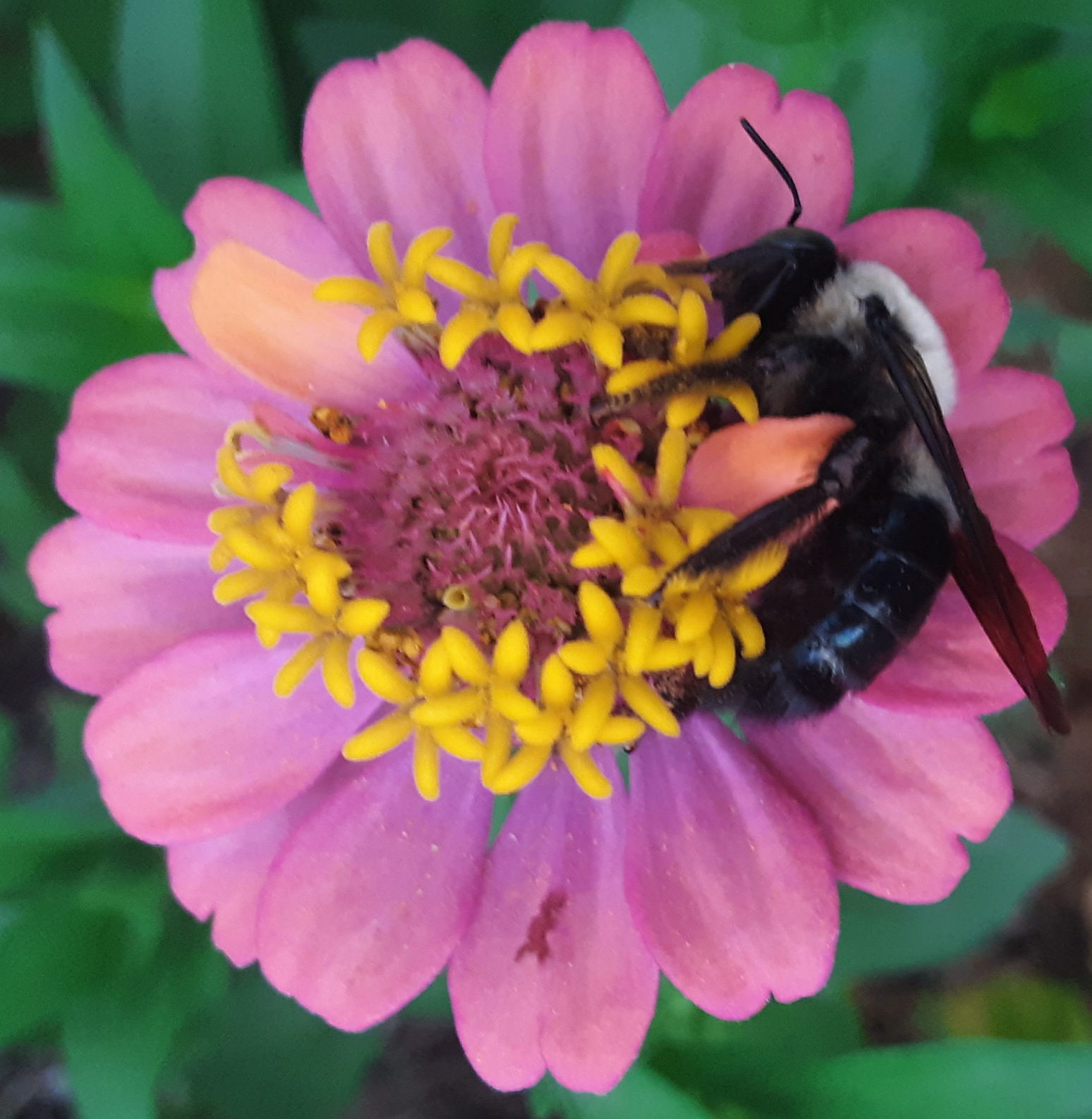A bit about sheet mulching…I am about as addicted to something as you can be to something that you don’t do all the time. I am able to wait patiently for the materials, but as soon as they end up at our house, I am already thinking about the good soil they will one day turn into.
We used to order food in bulk monthly from Neshaminy Valley Natural Foods in Pennsylvania; whenever we ordered it, it was delivered in small boxes and this was great…NO annoying plastic bags, and items we could use and re-use.
If anyone was moving, we’d give the boxes to them. If we needed to ship any items, we’d have boxes for sure. Generally, we stockpile the boxes until we have enough other “ingredients” to perform our sheet mulching /aka “lasagna” style gardening duties.
To sheet mulch yourself you will need :
Cardboard boxes
Newspaper, preferably printed with soy ink
Compost finished or unfinished
Topsoil, if you have no unfinished compost
Grass clippings or straw
seeds or things you want to plant
An area that is generally barren, just mowed, or recently cleared by chickens, pigs, goats, or the like are ideal places to locate your first sheet mulch bed. Of course, if this is one of your first efforts at gardening, you may want to build the sheet mulch bed closer to where you live so you can keep a close eye on it. This will help you to keep up with weeding, watering, etc. The good thing about sheet mulching is it definitely reduces the need for both watering and weeding. Still, there’s a saying that somehow rings true: “the best fertilizer is a gardener’s footsteps” …you will harvest more of your garden if it’s only a few feet from your back door, or closer.
So, wait until after a good rain or soak the area well with water where you will build the bed (Water with the hose on ” shower” for several minutes to simulate a good rain shower). You can also add crushed eggshells, calcium or urine (diluted one par with ten parts) to increase the calcium and nitrogen content of the bed so it will eventually penetrate and transform.
Lay down the cardboard one layer thick, but overlapping on the edges so weeds will not have an easy chance to grow through.
Soak the cardboard again with the hose, this ensures you’ll have a good moist bed for several days and that you can leave it alone for several days without worrying about the contents getting blown away in a wind storm. Sheet mulch beds can get messy real quick if allowed to dry out in their first few weeks of establishment, especially if its March and really windy, for instance….you’ve been warned! Lay down your finished or unfinished compost; if you have neither of these, you may put down manure. Rabbit or slightly aged cow manure is good; they are no longer “hot” with excess nitrogen so they won’t burn up your plants when they grow into the new soil.
Unfinished compost can be anything from kitchen scraps to loamy brown finished garden soil…all of these are fine. The fact has been argued that UNFINISHED compost is better for several applications since it will give up the energy it would’ve released in a pile instead into a bed full of plants, helping them along instead. Experiment, if it moves you.
On top of these two layers, place newspaper3-5 layers thick, once again, with overlapping edges, and soak, to keep the paper from drying out and blowing away now or later.
The last layer is just what you’d commonly call mulch: cover the entire bed with straw grass clippings or even finely shredded wood chips. This will keep the bed moist, prevent evaporation, and protect the soil from eroding, or from blowing away. (Yes, this happened to me!) If you live in an arid area, you may want to keep the bed a safe distance from the house and use less flammable types of mulch. Wood mulch is probably better than straw. Make a small clearing in these areas, and plant the seeds or plants that you have chosen. Water well, once more and make sure it is not pooling water. It should be moist to the touch, like a cake, not pudding.
Your seeds should sprout easily here, and the only maintenance needed till harvest is occasional watering, and re-mulching to cover up the edges of the cardboard or newspaper. Most of the cardboard or compost will break down into more soil, and you will find more worms within one to six months.
The best times to build sheet mulch beds are in preparation for next year’s crops in the Fall, or in the early Spring when you find you have excess seeds and plants and need more beds. Really, any time you have space and materials for another sheet mulch bed is a good time to build one. It’s an excellent way to heal the earth, as it supposedly takes five hundred years’ worth of normal processes to build just one inch of soil. (Yep, you read that right).
While you clear out your closets and use items that otherwise might get thrown away or need to be carted off to the recycling and distribution centers. In the meantime, what’s good for the earth is good for the soul, too; you can create a beautiful space with just a few medium-sized boxes and a 4×4′ piece of ground.
Try a bed of zinnias for cutting if you are renting, or salad greens. If you plan on being there a while, plant a row of peas, a row or two of onions, and a few strawberries for a compact but small Spring garden.
And don’t forget to invite at least one other person to hose you and the bed down when you sheet mulch; it makes the process sloppy, alchemical, and fun!
